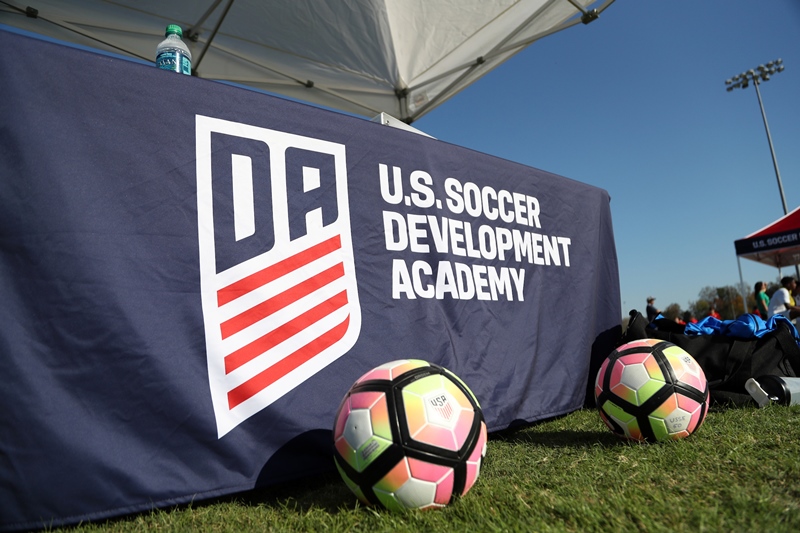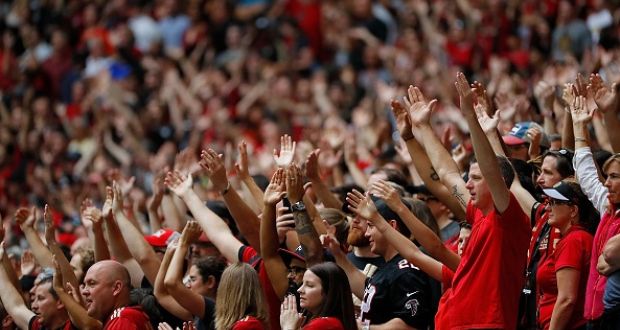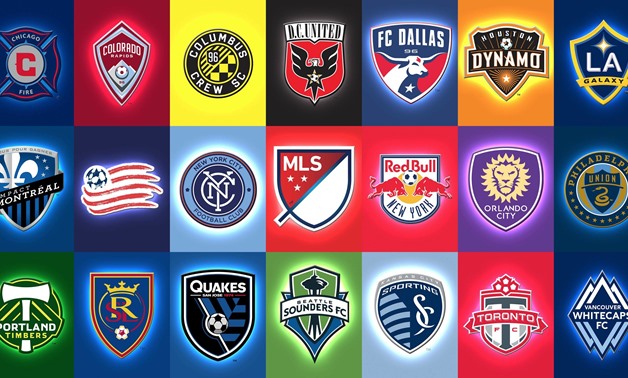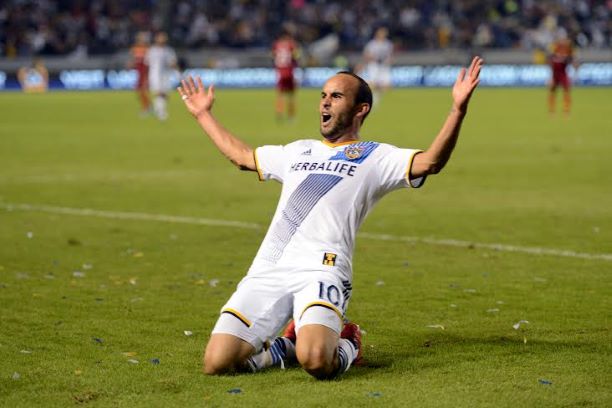Bilbao wasn’t built in a day: Part Two
Bilbao wasn’t built in a day: Part Two


Spanish football blogger Chalkontheboots continues his analysis of the current structure of Athletic Bilbao by reviewing the challenge of consistency, as a season of cup triumph masked disappointment in the league for Marcelo Bielsa and his men. You can read part one of this piece here.
Consistency. So easy to say, yet so difficult to achieve.
Bielsa arrived at Athletic after the contract of previous incumbent, Joaquin Caparros, was not renewed. The methods and style of play of Caparros were openly criticised, his image tarnished as being nothing more than a long ball merchant. The Athletic under Caparros was torn down. Last season Athletic finished 10th in La Liga, six points adrift of a top six finish. This was four places lower and nine points less than under Joaquin Caparros in his final season in charge.
It was never meant to be this way.
With the perceived belief that Caparros was not obtaining the maximum from the talented squad at his disposal, Bielsa was appointed to extract that extra value which would push Athletic onto a legitimate challenge for a Champions League place. Athletic only flirted ever so briefly with this objective.
The season began with a poor run of form immediately casting a shadow over the project. With just two points from their opening five league games, this was Athletic’s worst start in over three decades. The change in the system under Bielsa required time to settle down. A criticism which could be levelled legitimately at Bielsa was his deployment of players in unfamiliar positions as he sought the ideal line up. For such a considered, studied individual, this constant reshuffling highlighted a degree of uncertainty. Several older players were entirely removed from the squad in the process.
Athletic’s style of play has been revolutionised under Bielsa. Although never the long ball merchants that some would claim, they have always favoured the direct approach with reliance upon physicality seldom seen elsewhere within the Spanish Game. This element of their approach dates back to Fred Pentland and the 1920’s. That the club continues to unearth robust, and highly skilful, figures like Amorebieta and Llorente ensures that the tradition remains.
The statistics from last season in La Liga bear testament to the changing face of Athletic.
With an average of 57% possession and 79% pass completion rate per game, Athletic shifted to a short passing style of play, making an average of 434 short passes per game, and only trailing behind the big two of Real Madrid (474) and Barcelona (655) in this regard.
Yet, despite this progression, Athletic appear to exhibit what has been coined as “sterile domination” in some games. The possession must be a means to an end. It has to assist delivery of the objective yet too frequently, Athletic fail to make their possession matter.
Athletic has an average of just 12 shots per game. The possession is not hurting teams as much as it should be. When you consider shots at goal, Athletic are languishing at thirteenth in that respective table. Whilst not all shots on goal are of equal value and some teams may have a high number of opportunistic strikes at goal, the numbers for Athletic are worryingly low. This is exacerbated when Athletic’s goalscorers are examined. Llorente was successful on seventeen occasions in La Liga last season but there is a substantial drop to second place where Susaeta sits with just six goals. There is an over reliance upon Llorente for goals.
A cursory glance through the defensive aspects reveal further concerns. Athletic concede an average of 15 shots per game. This is the third highest average shots per game conceded last season. Only Granada and Racing Santander conceded more.
The league form was erratic throughout, as Los Leones were seldom able to sustain a run of victories, and littered with draws and defeats. And as the league season had started, so it would finish with a sustained run of poor form. From their closing five games, Athletic mustered a solitary win alongside four defeats. The book ends of the season had witnessed Athletic collect a measly five points from a possibly thirty.
This is what Athletic must address in the forthcoming season. The key issue for the team this season is to retain the same level of control in games but convert the chances they are creating.
Perhaps unfairly, although to a degree understandable given the above, Athletic were therefore considered solely as a cup team last season. Whilst it was in cup competitions that Athletic displayed their real quality, the term is often applied in a derogatory fashion for plucky underdogs.
At what point do you stop being labelled a cup team? Is it after qualification for a national cup final or qualification to a European final? Or is it both? Surely Athletic must now be recognised for what they are? A very good team, but very good teams must deliver consistently and in this regard, the jury remains out on Athletic. The deliberations continue.
The movement away from this tag of a cup team is the next step for Athletic. The ability to deliver the high level of performance which they have produced sporadically, on a regular basis in the league.
To do so, Athletic must address key tactical and personnel considerations.
You can follow Chalkontheboots on Twitter at @chalkontheboots, and see more on his blog, also titled Chalk on the Boots. Part three of this piece will be appearing here next week.







